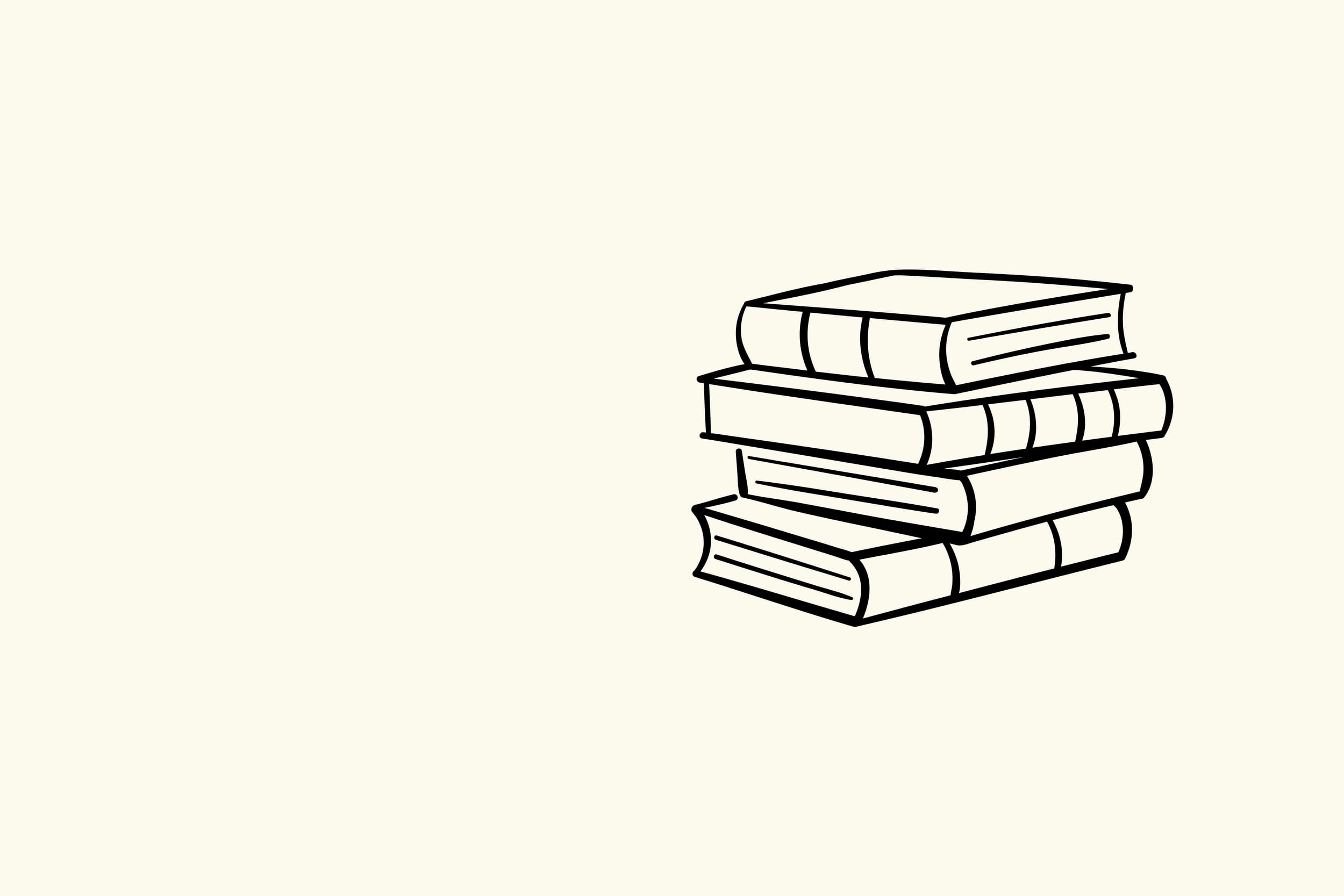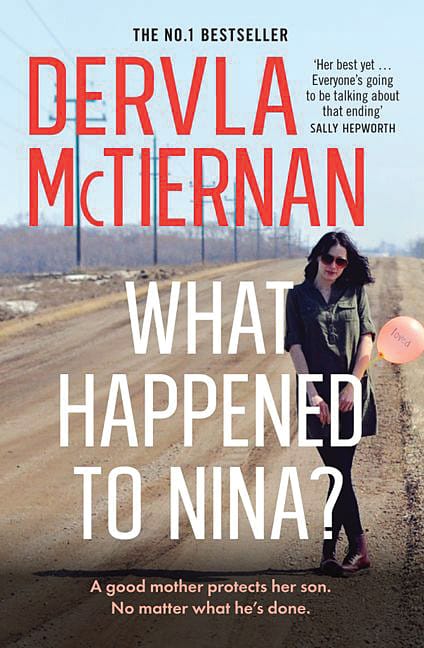
Annabelle Hickson, Lucy Munro, Jaclyn Crupi and Helen Anderson on the best (mostly Australian) books they've pulled from the shelf in the past few months.

It feels like only yesterday when I turned on the news to see the smiling face of 22-year-old Gabby Petito, who mysteriously disappeared during a cross- country American road trip with her boyfriend, Brian Laundrie, who allegedly killed her. The latest novel by Irish-Australian author Dervla McTiernan may not be an exact retelling of Petito’s tragic tale, but the details are eerily familiar.
In McTiernan’s story, high-school sweethearts Nina and Simon leave for a romantic hiking weekend at his parents’ home in Vermont. But when the trip ends, only Simon returns, and his explanations for Nina’s whereabouts seem sketchy. What unfolds is a fascinating and sometimes disturbing insight into the impact of the disappearance on both families.
In the case of the wealthy Jordans, they hire a PR company to instigate a slanderous campaign to distract from Simon’s possible guilt, while the Frasers discover they’ll never find their daughter by playing fair. I found myself wondering about the struggle between justice and power, and questioning how far a parent will go to protect their child. Lucy Munro

The lure of Irish fiction is too strong to resist at the moment. In this family saga, Caoilinn Hughes tells the story of four sisters and their shared past and complicated present: academic geologist Olwen, political scientist Rhona, celebrity social-media chef Maeve and academic philosopher Nell.
After the death of their parents, Olwen cared for her three younger sisters and the dynamic between them was founded in that shared tragedy. So when she gets on her bike and rides away from her life, the three younger siblings have some decisions to make. When they go searching for her, we come to understand their unspoken regrets and unresolved conflicts.
I found myself laughing and then weeping with the tenderness, profundity and beauty of it all. A sense of existential grief gently permeates the novel. Suddenly, the idea of running away made complete sense. What else can one do in the face of what is ahead? It was this sweeping range of emotional responses, not to mention the prose and experimental use of form, that made me declare this my favourite book of the year so far. Jaclyn Crupi

If deeply layered intergenerational sagas are your thing, Thanks for Having Me is one to add to your reading pile. This debut novel by Australian author Emma Darragh tells the story of three women – Mary Anne, daughter Vivian and granddaughter Evie – who are left reeling after a shared trauma.
The book is set in suburban Wollongong and is told as a collection of micro-moments that traverse characters and timelines, detailing moments that feel nostalgic and quintessentially Aussie: summer afternoons spent poring over pages of Dolly, tense family Christmases, hanging out at department stores after school, curating make-up collections from leftover testers and drinking sixpacks of beer.
That aside, this is a story about mothering and being mothered. Darragh is unflinching in her depictions of the complex dynamics found in female relationships, and her characters are rebellious and real. Her exploration of maternal ambivalence feels radical – in a society that often sells motherhood as a glittering, idyllic lifestyle, Darragh offers a fresh take on the grittier moments. Lucy Munro

Working in a funeral home is one way to confront all-consuming grief – all the more so if it’s the same funeral home that buried your husband after a hit-and-run.
Sylvia Knight is deep in grief and rage and, two years after the accident, has decided to “finally leave this planet”. Her chosen date, the anniversary of her
husband’s death, coincides with the approach of a recently discovered comet. When Sylvia chances upon the very man who discovered and named the comet, its significance seems even more illuminating, especially when she becomes entangled with a local mystic guru.
These cosmic forces of spiritual intervention cause Sylvia – and Todd’s slow-burning narrative – to change course, just as tensions begin building in the small town of Jericho and long-held secrets are slowly revealed. Very slowly.
I spent a lot of the book impatiently waiting for something to happen, only for seemingly everything to happen in the final pages. But perhaps that’s how the cosmos (and some fiction) works – slowly and mysteriously. Jaclyn Crupi

Three days after a man killed six people with a knife in Westfield Bondi Junction, author Salman Rushdie’s Knife was released in Australia. It was a grim coincidence
that one barbaric stabbing was followed so closely by an account of another, although “account” doesn’t quite do this book justice.
In 2022, at a US literary event, Rushdie was stabbed 15 times in 27 seconds in a near-fatal attack. It came 33 years after Iran’s then ayatollah issued a fatwa ordering the death of Rushdie due to his 1988 novel The Satanic Verses, which was inspired by the life of the Islamic prophet Muhammad.
In Knife, Rushdie writes about the attack, his recovery, and the best and the worst of humanity. He also shows us contrasting glimpses of himself. One is the Rushdie who defiantly continued to write books and make public appearances in the years after the fatwa. But we also see the Rushdie who feels embarrassed, “even ashamed”, about his failure to fight back during the attack.
The book is simple yet profound. And it’s as much about near-death as it is love. Annabelle Hickson

Even if milk in all its forms wasn’t such an everyday miracle, the enthusiasm of farmer-author Matthew Evans for his subject would be infectious. On milk, as he was in his previous book on the miracle of soil, he’s the full bottle: a keeper and milker of cows, a lifelong consumer of dairy, a dogged researcher and an engaging writer.
The stories he tells are the kind that demand retelling, the kind that spark intense dinner-table debates. Should raw milk be available widely? Do plant milks really have smaller environmental footprints than cow milk? How much dairy is healthy? And what’s so special about milk anyway?
Evans draws on extensive and new research about what’s known (4654 proteins identified in cow’s milk and counting) and what’s not known (the superpowers of lactoferrin). He dives into myth, history and counterculture, and searches for Tasmanian-devil teats in the name of research. His case for learning more about milk is compelling. “Milk makes us when we are young,” he writes, “and it can still be making us when we get old – even if we no longer drink it.” Helen Anderson